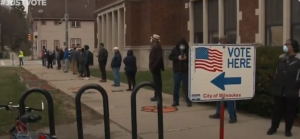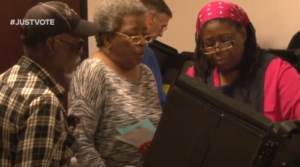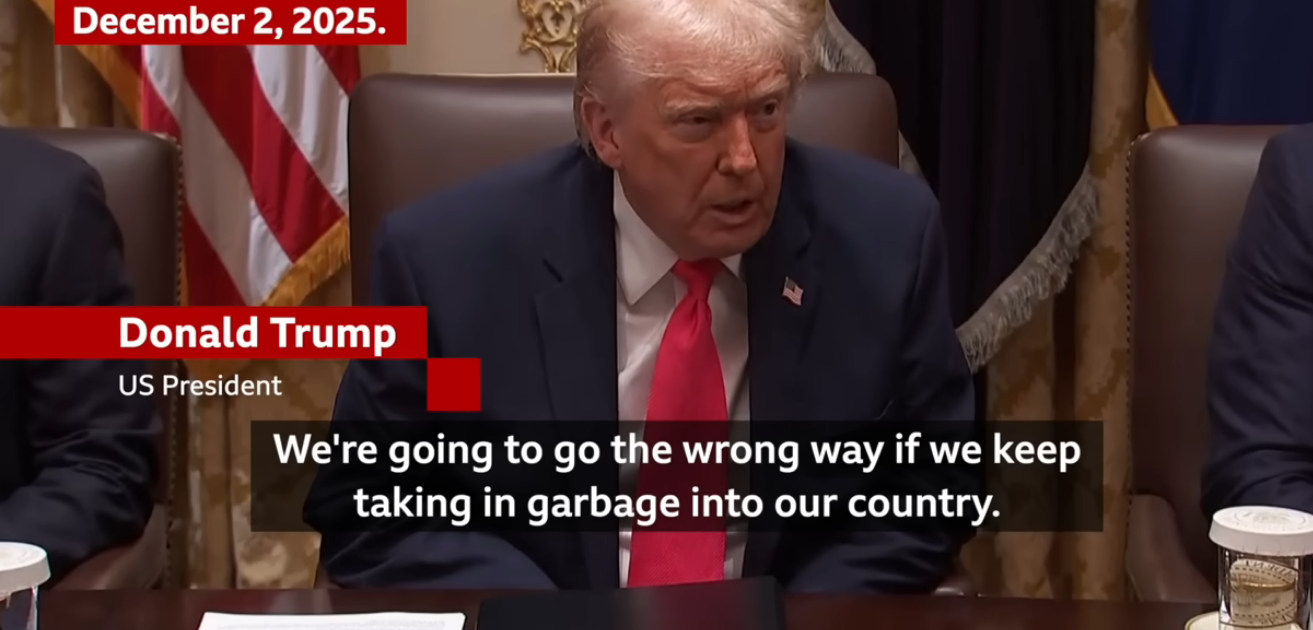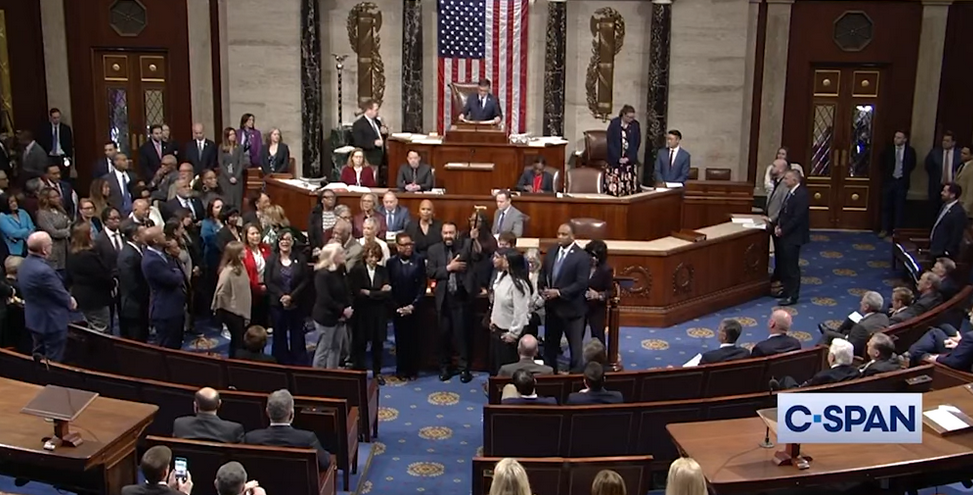Photos: Wikimedia Commons\YouTube Screenshots
Voting is a fundamental civil right and it shouldn’t be infringed upon, no matter your race or zip code. Although the Voting Rights Act of 1965 prohibits racially discriminatory voting tactics and policies, including diluting the voting strength of racial minorities, Black people and communities of color in particular continue to face numerous obstacles to voting.

Let’s break down why equal access to voting is critical to the fight for systemic equality.
Having fair and equal representation is the cornerstone of American democracy. Every citizen should have equal access to the ballot box to choose those representatives who will fight for the issues and policies they care about. Having equal access to voting is a civil right that is recognized and protected by the Constitution. The Constitution requires states to apportion their congressional, state, and local electoral districts according to the “one person, one vote” principle, and state legislatures have an obligation to ensure fair and equal representation for all people. These obligations uphold the Fourteenth Amendment’s guarantee of equal protection and comply with the requirements of the Voting Rights Act of 1965.
What is the Voting Rights Act of 1965?
In 1965, President Lyndon B. Johnson signed the Voting Rights Act (VRA) into law. The VRA was a monumental piece of legislation meant to end state and local voter suppression tactics designed to keep Black and Brown voters from casting ballots.
For decades, the Voting Rights Act successfully protected Black, Brown, Indigenous, and other marginalized voters — but 10 years ago, the Supreme Court in Shelby County v. Holder struck down its core “preclearance” requirement, which mandated that jurisdictions with long records of racially discriminatory voting practices seek federal approval before altering their voting laws and practices. On top of this, eight years after Shelby, the Supreme Court weakened another provision of the VRA — Section 2, a nationwide ban on voting practices that discriminate on the basis of race, color, or language — making court challenges to discriminatory tactics even harder.
What types of discriminatory voting practices have Black, Brown, and other marginalized voters continued to face at the polls?
In the years since the Shelby Supreme Court case, states have unleashed a torrent of voter suppression laws that disproportionately impact voters of color. These discriminatory anti-voter efforts continue today and include unnecessary photo ID laws, restraints on voter registration, voter purges, cuts to early voting and vote by mail, documentary proof of citizenship requirements, and polling place closures. Voters across the country continue to face arbitrary restrictions on absentee voting, bans on providing water to voters as they wait in hours-long lines, dropbox limitations, gerrymandering, and other restrictive policies that disproportionately burden marginalized communities.
What is redistricting? What is gerrymandering?
Every decade, states must redraw district lines at the federal, state, and local levels to balance population shifts. These lines influence who wins elections, which communities are represented, and whose votes can be influential. These district lines determine the electoral boundaries for representation in Congress, state legislatures, and in many county and municipal offices. This process is called redistricting.
The drawing of district lines can dictate not only who runs for public office and who is elected, but also how financial resources are allocated for schools, hospitals, roads and more. The representatives who are elected have the power to make decisions that greatly impact the communities they represent.
Sometimes, people talk about how redistricting can be used to “gerrymander” these electoral district lines. Gerrymandering is the practice of manipulating electoral boundaries to give an unfair political advantage to a particular political party or group. Legislators can gerrymander by cracking specific voters — spreading them thinly across multiple districts — or packing them into as few districts as possible. Those drawing the district lines can use gerrymandering to suppress the voting power of Black, Indigenous and other communities of color.

How are Black voters and other voters of color disproportionately impacted by redistricting efforts?
Communities of color have faced numerous obstacles to meaningful participation in the political process, including the redistricting process. The Voting Rights Act of 1965 prohibits the drawing of district lines that dilute the voting strength of communities of color in such a way that prevents them from participating in the political process on equal terms. However, the redistricting process in many states continues to result in district lines that crack and pack Black people and communities of color in ways that minimize their voting strength. As a result, they are not adequately represented in our democracy, perpetuating the systemic inequality many voters of colors already face.
Redistricting plans should fairly reflect the political strength of communities of color. As the Census data confirms, nearly all of the country’s growth over the past decade is attributable to the growth in our nation’s communities of color. Fair maps must adequately reflect that reality, and the right to vote should be equally accessible to everyone.
What is the John R. Lewis Voting Rights Advancement Act?
The John R. Lewis Voting Rights Advancement Act would restore and strengthen the landmark Voting Rights Act of 1965 to its full power after the Supreme Court eviscerated its core protections a decade ago. Since enactment, the Voting Rights Act of 1965 has been reauthorized and updated five times with large, bipartisan majorities. It is long past time for Congress to put voters first and return to this strong bipartisan tradition that protects every citizen’s right to vote and moves us closer to a democracy that works for all of us.
Had the Supreme Court not gutted the VRA, voters in states and localities with the worst history of voting discrimination would still be protected. These jurisdictions would have had to preclear changes to their voting laws or processes with the federal government, preventing discriminatory changes before they could be implemented and taint an election. The John R. Lewis Voting Rights Advancement Act would begin to root out racially-driven voting barriers. This legislation is vital to securing and preserving our fundamental right to vote without encountering racially discriminatory barriers.
What does the ACLU’s work in voting rights look like today?
Through litigation and advocacy, the ACLU is fighting back against attempts to curtail our right to vote and working to ensure the right to vote is equally accessible to everyone. As part of our ongoing work to ensure that legislatures accurately reflect their constituencies and to obtain more equal representation for Black voters, we’re advocating for fairer voting maps across six states in the South: Alabama, Arkansas, Georgia, Louisiana, Mississippi, and South Carolina. We are continuing to advocate for the passage of the John R. Lewis Voting Rights Advancement Act, which would help strengthen core voting rights protections for all. Additionally, we are fighting for the rights of disenfranchised citizens who live in Florida, Iowa, and Kentucky, states with extreme policies of disenfranchising people with certain felony convictions for life. These states are also among those that disproportionately suppress the voting rights of Black communities.
Florida’s Statewide Prosecution of Voting with a Past Conviction is Unlawful
The state’s confusing voter registration system sets people up to fail and further disenfranchises Black voters.

The ACLU will continue to fight to ensure the right to vote is equally accessible to everyone. But we can’t do it without you — become a Democracy Defender and join these fights with us.





